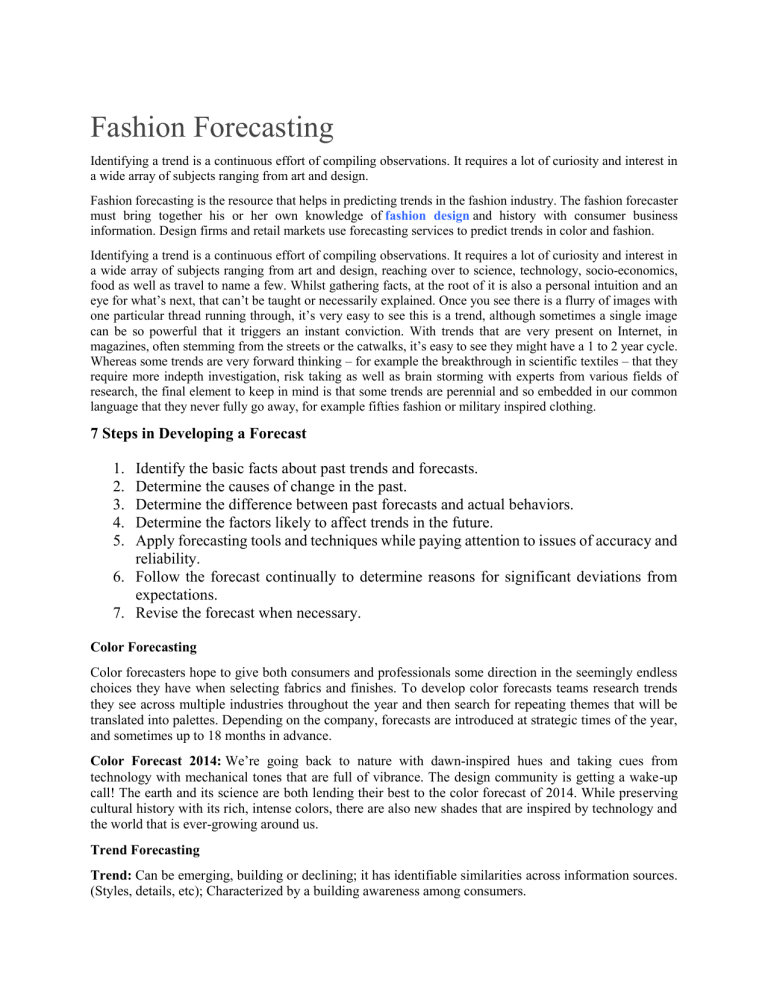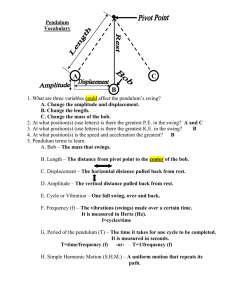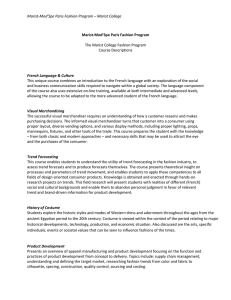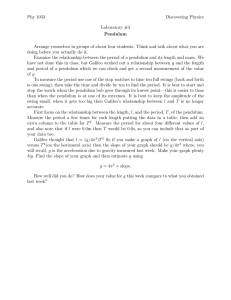
Fashion Forecasting Identifying a trend is a continuous effort of compiling observations. It requires a lot of curiosity and interest in a wide array of subjects ranging from art and design. Fashion forecasting is the resource that helps in predicting trends in the fashion industry. The fashion forecaster must bring together his or her own knowledge of fashion design and history with consumer business information. Design firms and retail markets use forecasting services to predict trends in color and fashion. Identifying a trend is a continuous effort of compiling observations. It requires a lot of curiosity and interest in a wide array of subjects ranging from art and design, reaching over to science, technology, socio-economics, food as well as travel to name a few. Whilst gathering facts, at the root of it is also a personal intuition and an eye for what’s next, that can’t be taught or necessarily explained. Once you see there is a flurry of images with one particular thread running through, it’s very easy to see this is a trend, although sometimes a single image can be so powerful that it triggers an instant conviction. With trends that are very present on Internet, in magazines, often stemming from the streets or the catwalks, it’s easy to see they might have a 1 to 2 year cycle. Whereas some trends are very forward thinking – for example the breakthrough in scientific textiles – that they require more indepth investigation, risk taking as well as brain storming with experts from various fields of research, the final element to keep in mind is that some trends are perennial and so embedded in our common language that they never fully go away, for example fifties fashion or military inspired clothing. 7 Steps in Developing a Forecast 1. 2. 3. 4. 5. Identify the basic facts about past trends and forecasts. Determine the causes of change in the past. Determine the difference between past forecasts and actual behaviors. Determine the factors likely to affect trends in the future. Apply forecasting tools and techniques while paying attention to issues of accuracy and reliability. 6. Follow the forecast continually to determine reasons for significant deviations from expectations. 7. Revise the forecast when necessary. Color Forecasting Color forecasters hope to give both consumers and professionals some direction in the seemingly endless choices they have when selecting fabrics and finishes. To develop color forecasts teams research trends they see across multiple industries throughout the year and then search for repeating themes that will be translated into palettes. Depending on the company, forecasts are introduced at strategic times of the year, and sometimes up to 18 months in advance. Color Forecast 2014: We’re going back to nature with dawn-inspired hues and taking cues from technology with mechanical tones that are full of vibrance. The design community is getting a wake-up call! The earth and its science are both lending their best to the color forecast of 2014. While preserving cultural history with its rich, intense colors, there are also new shades that are inspired by technology and the world that is ever-growing around us. Trend Forecasting Trend: Can be emerging, building or declining; it has identifiable similarities across information sources. (Styles, details, etc); Characterized by a building awareness among consumers. Trend Analysis: Detects short Uses all of the mentioned tools: & long term trends that affect business prospects. Fashion Scan Consumer Scan Fashion Analysis Social and Economic Trends Each retailers trend forecasting varies and is mainly dependent upon whether the company is a wholesale brand or private label developer. Larger companies such as Forever 21, have their own trend departments where they follow the styles, fabrics, and colors for the upcoming seasons. A company with its own trend department has a better advantage over those who do not because its developers are able to work together to create a unified look for their sales floor. Each seasonal collection offered by a product developer is the result of trend research focused on the target market it has defined for itself. Different from developers, merchandisers have much more experience in buying and are knowledgeable in what consumers will be looking for. The designer takes the particular trends and then determines the styles, silhouettes, and colors for the line and garments while creating an overall theme for the particular season. The importance of Forecasting: Accurate forecasting makes it possible for the fashion industry segments to prepare for and meet consumer demand with products that will be accepted and purchased. Keen worldwide competition increases the importance. Analyzing Trends: The Pendulum Trends swing like a pendulum, creating waves of fashion, art, culture, business, you name it…there is a cycle to trends (if not everything). In order to find, uncover and act on burgeoning innovations I visualize this cycle (as the following slides will display) and play with this visualization as a “game.” You can use almost any trend, idea, history, business for this game and see what you uncover. Trends swing like a pendulum, creating waves of fashion, art, culture, business, you name it…there is a cycle to trends (if not everything). In order to find, uncover and act on burgeoning innovations I visualize this cycle (as the following slides will display) and play with this visualization as a “game.” You can use almost any trend, idea, history, business for this game and see what you uncover. Let’s set-up the gameboard: Imagine a pendulum that has an ink-pen at its tip. As it swings, as seen from a frontal-view, the pendulum draws a line on the ground. This pendulum doesn’t swing in a vacuum. Its path is pulled by two very strong and opposite forces: the past and the future. The past pulls on the pendulum, informing trends with all that has happened before, seeking to bring us back to the way things were. The future, which has a stronger pull towards innovation, drives us forward into the new, the cool, the hip, and what’s next. The magnet of the future therefore grinds forward into the future. The past, planted like a stone, digs in, but over time loses its hold and influence on the future. When the pendulum reaches the outer reach of its swing, its speed slows down, to a near “stall” before it begins its return. These stalls are the weakest part of the swing, where the pendulum is most sensitive to the tug of the past. The fastest part, in the direct middle, is where the pendulum speeds up, frees itself from the past, and is attracted to the pull of the future. This causes the shape of both magnets to be modified in relation to the pendulum swing. The past becomes a “C” shape, reaching for the stalls within the pendulum swing. The future becomes an oblong “egg” shape as it pulls more strongly on the middle of the pendulum swing. This unique magnetic field pulls the pendulum swing out of a straight-line trajectory (where it would seem to be drawing a line over and over again in the same place) and forces it to “wave.” This model displays trends as having two past-influenced “edges” where the swing stalls, with a forwardtugged “middle” when the swing is most free from the past. When I use this model I label the top edge as “neo” and the bottom edge as “retro.” Neo = a reconsidering of a past idea brought to life in a new and current way. Retro = a revival of a past trend, staying close to the original. This is my game board where I try out trends, seeing if I can place them as either Neo or Retro and find their partners on the edges of the waves, and by doing so see if I can predict new trends. BUT, even more important than the edges, is the forward-pulled middle as this is where the innovation is taking place. Because the stalls of the pendulum-swing last longer than the speedy middle of the swing, our collective cultural attention is typically focused on them. These trends are easier to define because we have more time to consider them. BUT that doesn’t mean it’s where all the “good stuff” lives. In my mind the good stuff lives in the harder to pin-down, but innovative middle. When analyzing trends I try to find what was happening in the middle-period. As an example, let’s take two music trends. The Neo-Soul of Maxwell and Erykah Badu in the mid 90’s and the mid 00’s Retro-Soul popularity of Amy Winehouse and Sharon Jones + The Dap Kings. Both looked back in time to a past (and reoccurring) trend, “Soul.” BUT what was going on in Soul music in between these “edges?” Another example are the Air Jordans (sneakers). The design moved radically from the original style towards a futuristic idealization of a sneaker. BUT over time the demand for the original model grew and the design veered back towards some of the initial elements. I can play this game all day. Try this game out yourself. Use popular trends and see how you can make them fit the model, or try your skill-set, business, favorite foods. Map it out on the waves and then consider what was happening inbetween the Neo and Retro edges. Even if fleeting, the great innovations are happening there, and are probably more forward-advancing than the trends we see most apparently.



